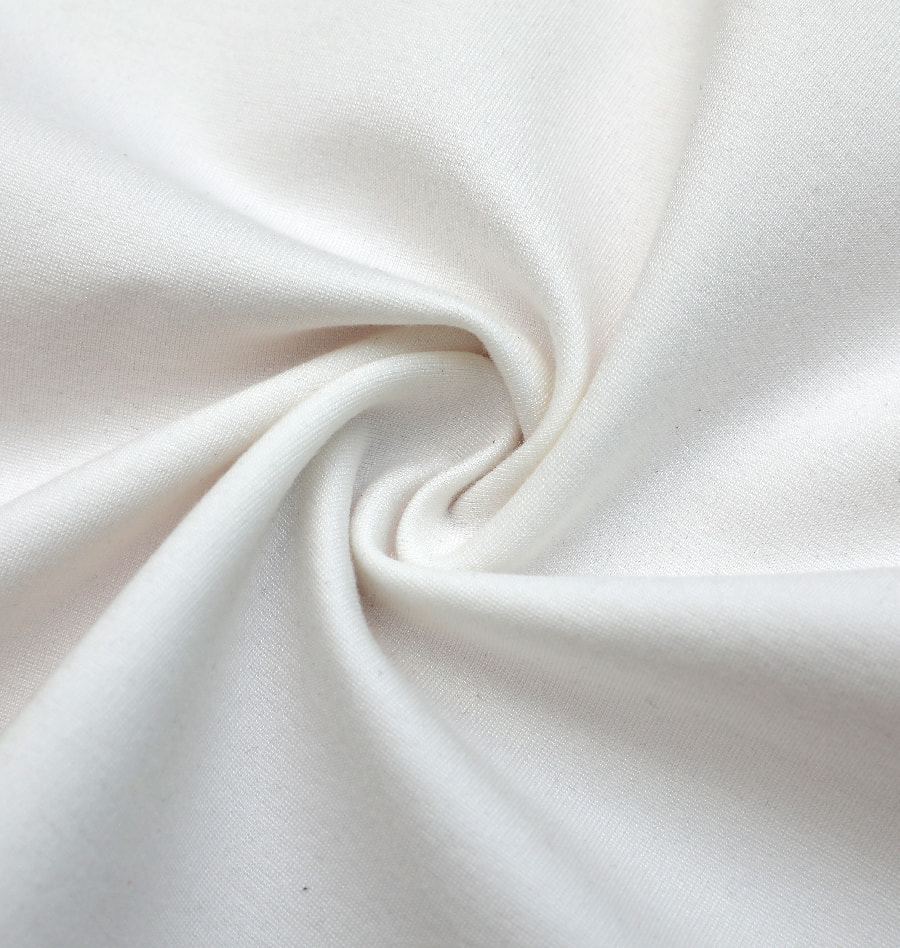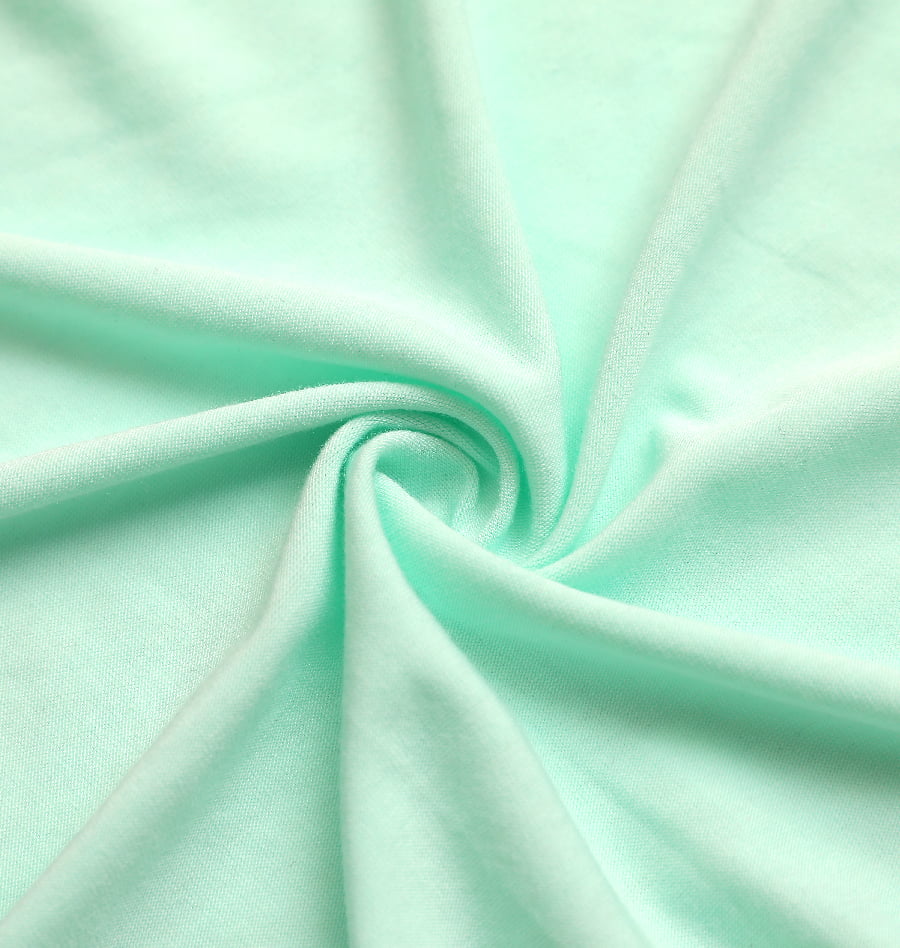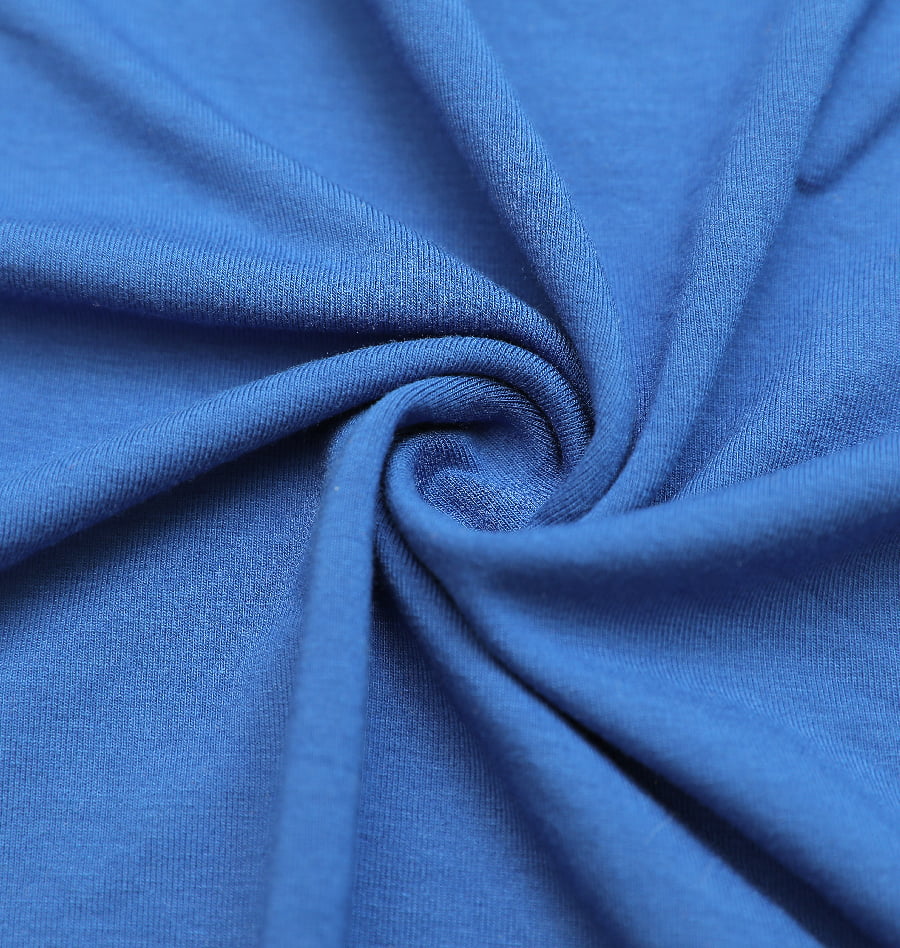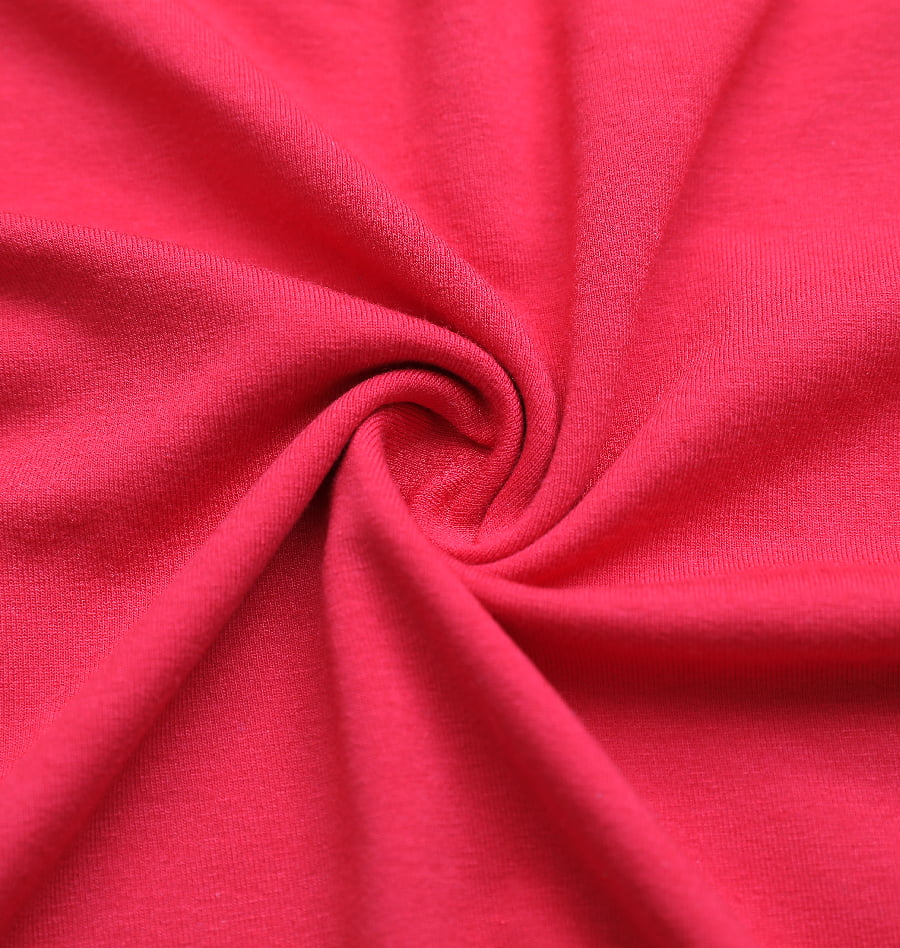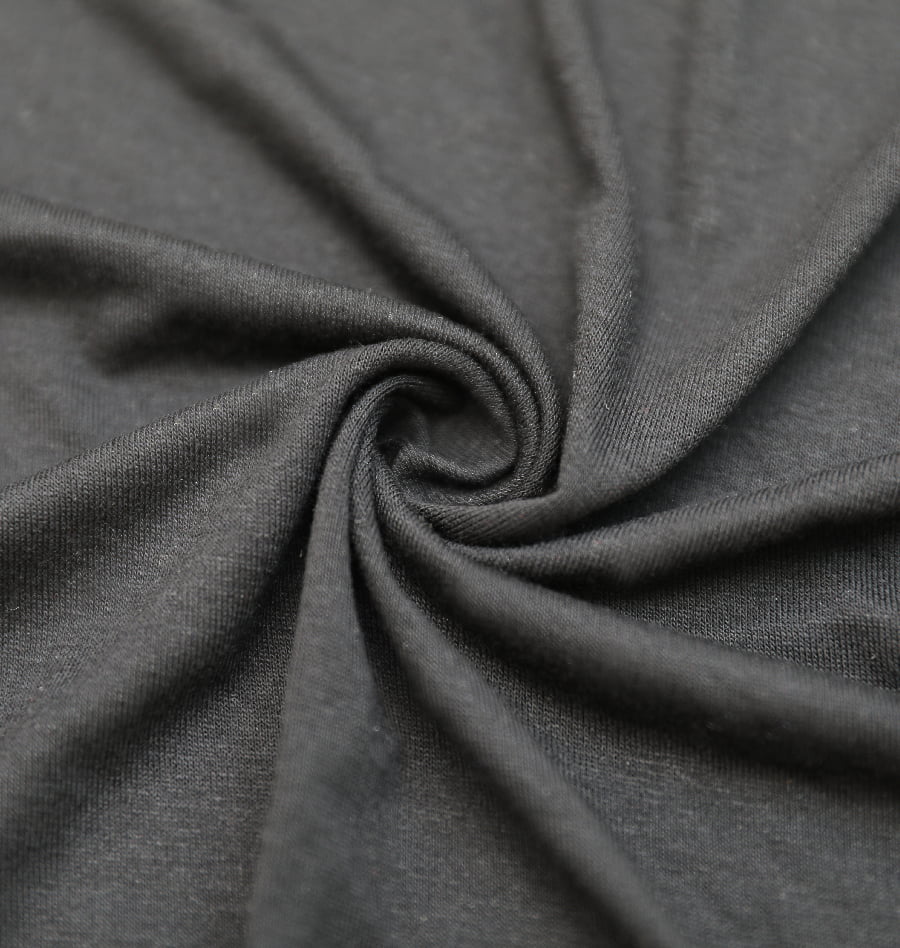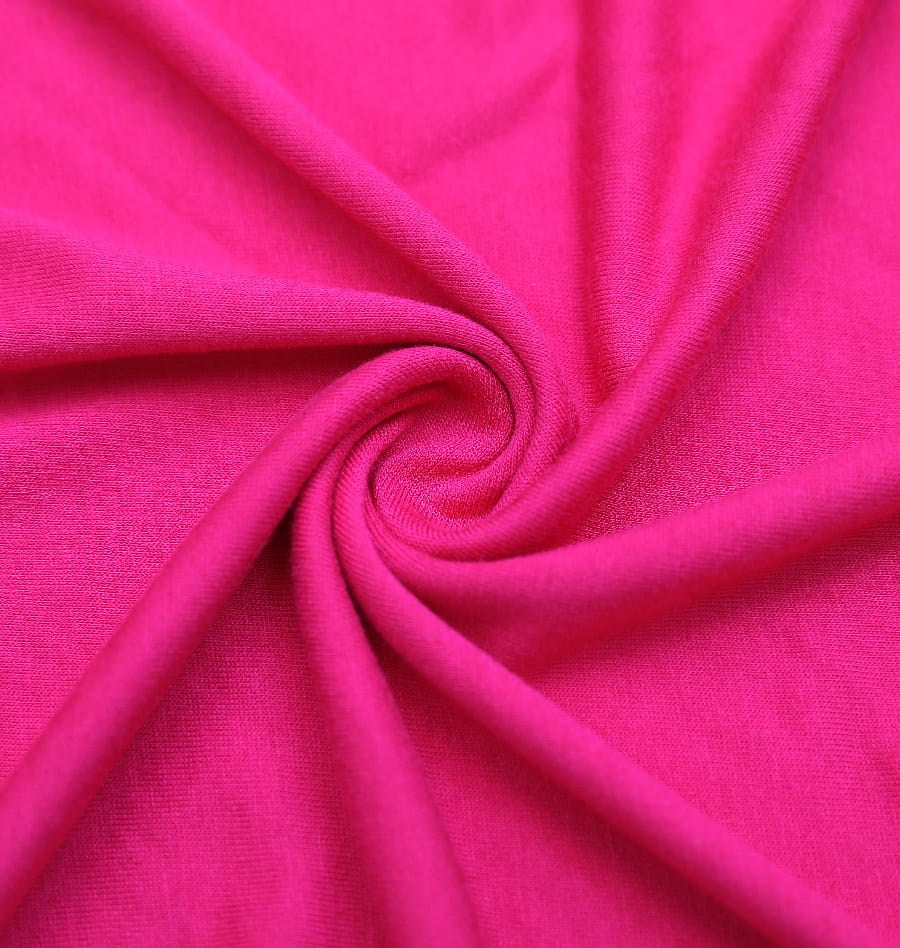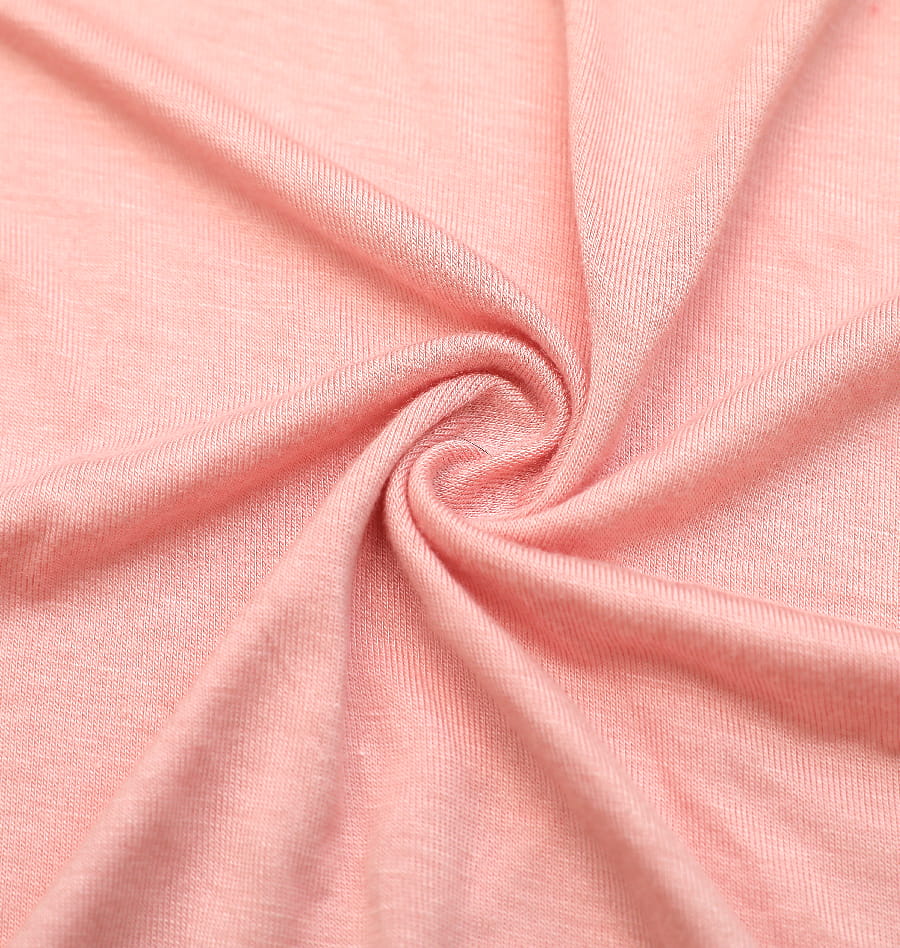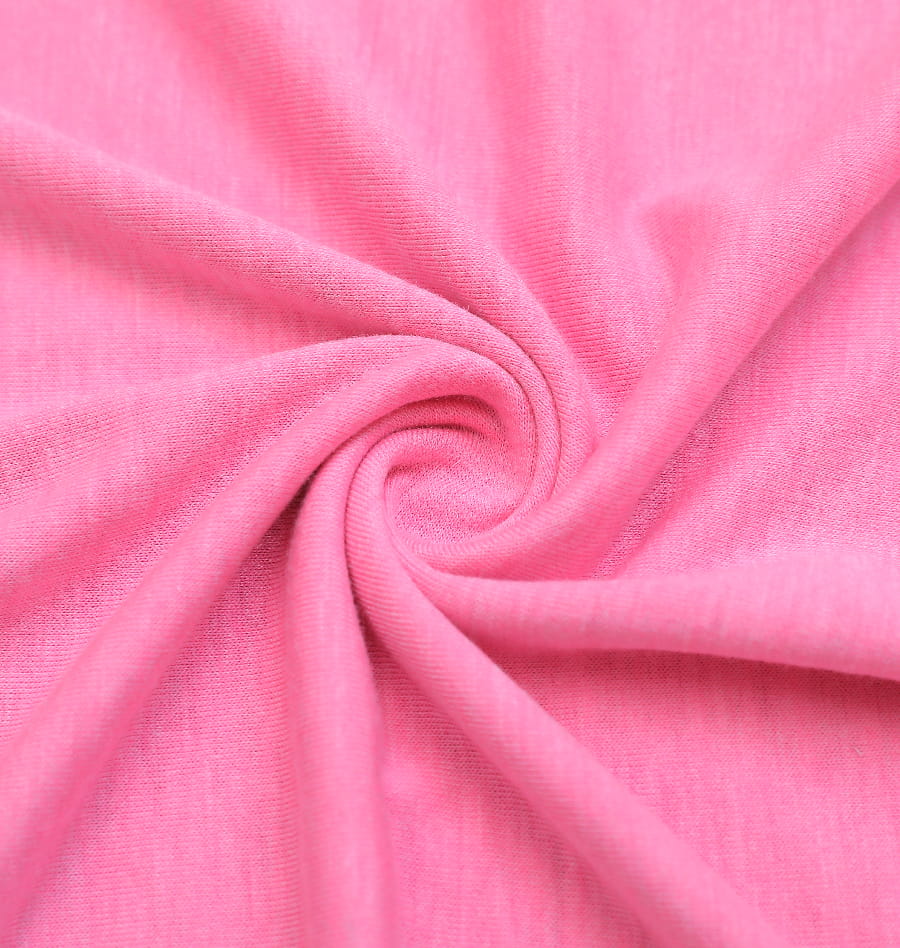1. Fabric Composition: Textile fabrics can be composed of natural fibers like cotton, silk, wool, or linen, or synthetic fibers such as polyester, nylon, acrylic, or spandex. The choice of fabric composition determines its inherent properties, such as breathability, moisture absorption, elasticity, and durability.
2. Strength and Durability: Textile fabrics exhibit different levels of strength and durability, depending on their composition and weave. Fabrics like nylon and polyester are known for their strength, tear resistance, and long-lasting performance, making them suitable for applications that require robust and durable materials.
3. Comfort and Breathability: The comfort of textile fabrics is influenced by their breathability and moisture management properties. Fabrics like cotton and linen are highly breathable, allowing air circulation and moisture evaporation, which helps in regulating body temperature and providing comfort in various climates.
4. Color and Printability: Textile fabrics offer a vast array of colors and designs. They can be dyed, printed, or patterned to create visually appealing and customizable products. The ability to achieve vibrant colors and intricate patterns allows for creative expression in industries such as fashion, interior design, and upholstery.
5. Texture and Hand Feel: Textile fabrics can have different textures and hand feels, ranging from soft and smooth to textured or coarse. The texture and hand feel contribute to the tactile experience and aesthetics of the end product. Fabrics like velvet, satin, or corduroy provide distinct tactile qualities and enhance the overall appeal of products.
Applications of Textile Fabrics:
1. Fashion and Apparel: The fashion industry extensively uses textile fabrics for clothing, footwear, and accessories. Fabrics with different properties, textures, and designs cater to various fashion styles and purposes. From everyday garments to high-performance activewear and luxury fashion items, textile fabrics provide comfort, style, and functionality.
2. Automotive and Transportation: Textile fabrics find wide applications in the automotive and transportation sectors. They are used for upholstery, seat covers, headliners, carpeting, and interior trims. Fabrics with properties like flame resistance, stain resistance, and durability are specifically designed to meet the stringent requirements of the automotive industry.
3. Home Furnishings and Interior Design: Textile fabrics play a crucial role in home furnishings, including curtains, draperies, upholstery, bedding, and rugs. These fabrics contribute to the overall aesthetic appeal of living spaces while providing functionality and comfort. Fabrics with properties like fade resistance, easy maintenance, and stain resistance are popular choices for home furnishing applications.
4. Healthcare and Medical Textiles: Textile fabrics have significant applications in the healthcare industry. They are used in surgical gowns, masks, wound dressings, bandages, and other medical textiles. Fabrics with antimicrobial properties, moisture management, and breathability are essential for patient comfort and infection control in healthcare settings.
5. Sports and Outdoor Equipment: Textile fabrics are widely employed in sports and outdoor equipment due to their lightweight, breathable, and moisture-wicking properties. They are used in sportswear, athletic shoes, backpacks, tents, and outdoor gear. Fabrics with stretch and flexibility provide comfort and freedom of movement during physical activities.


